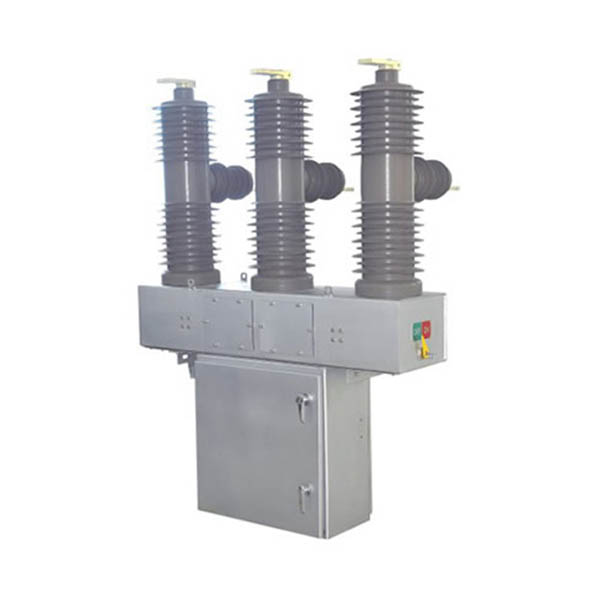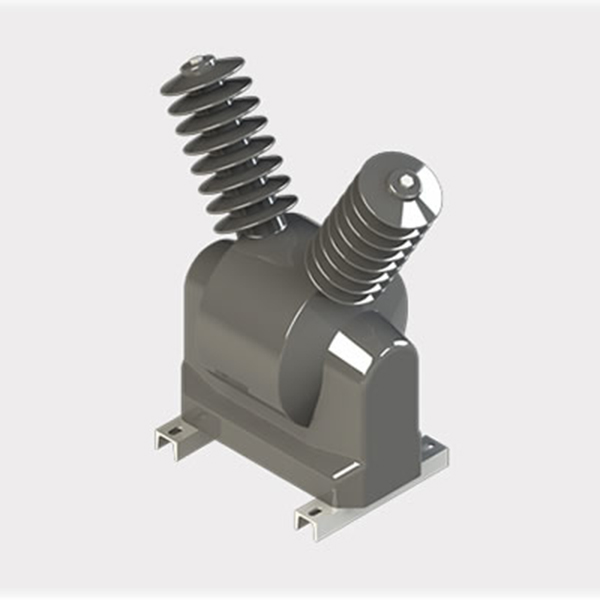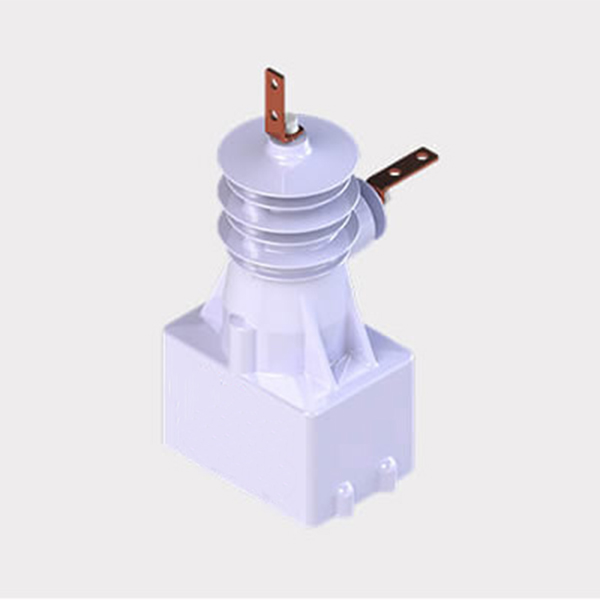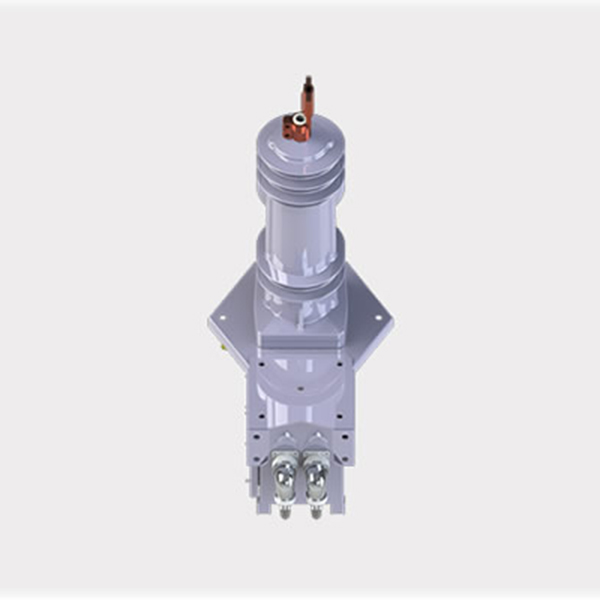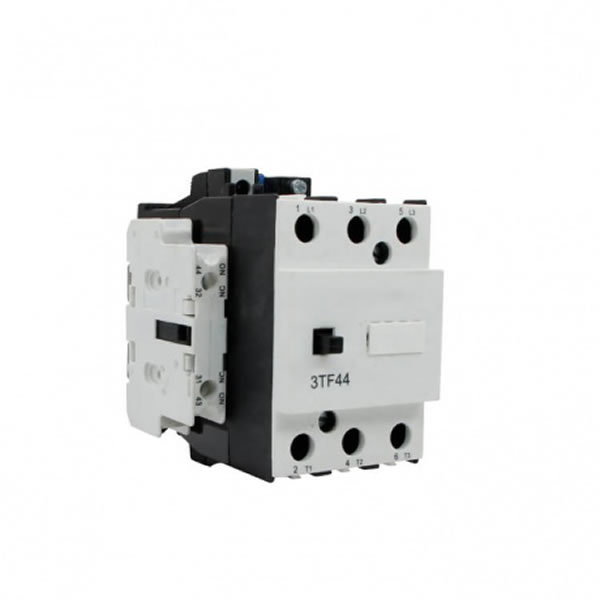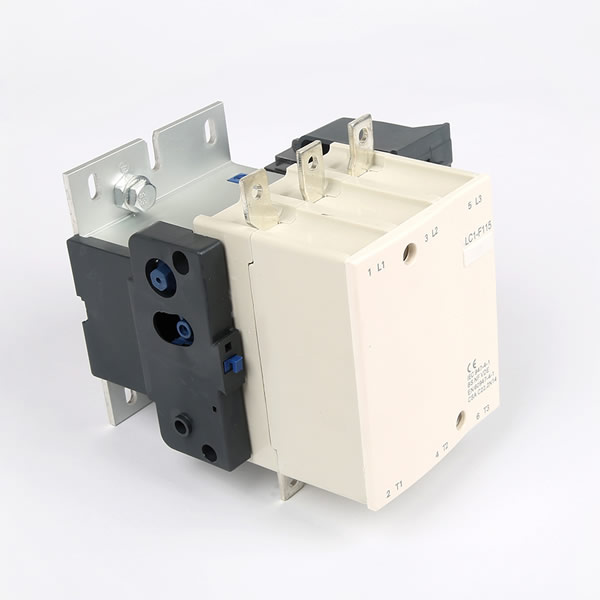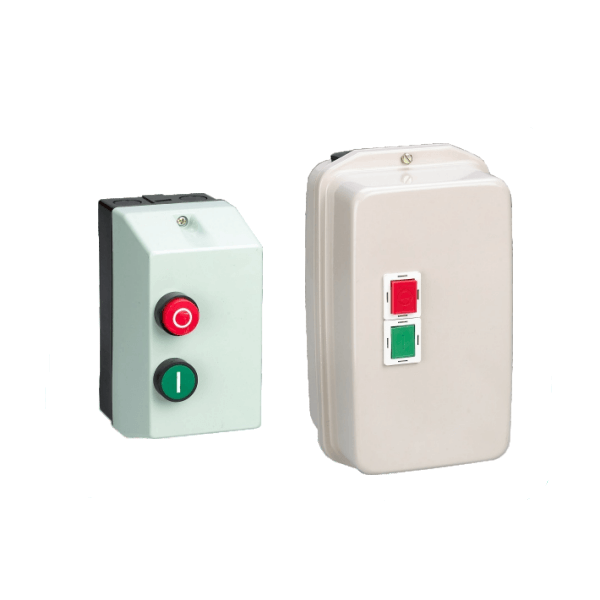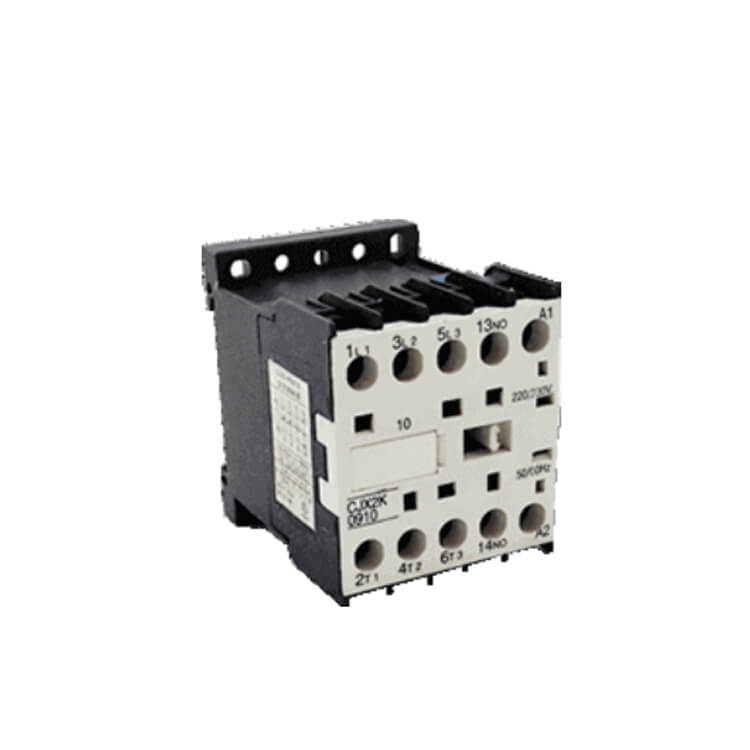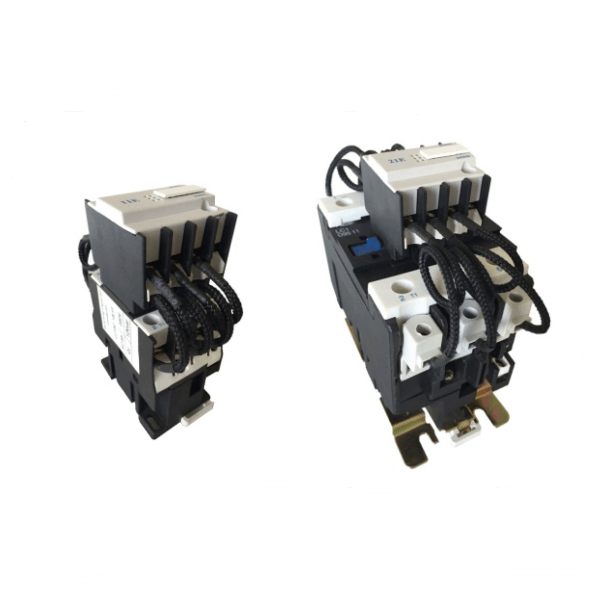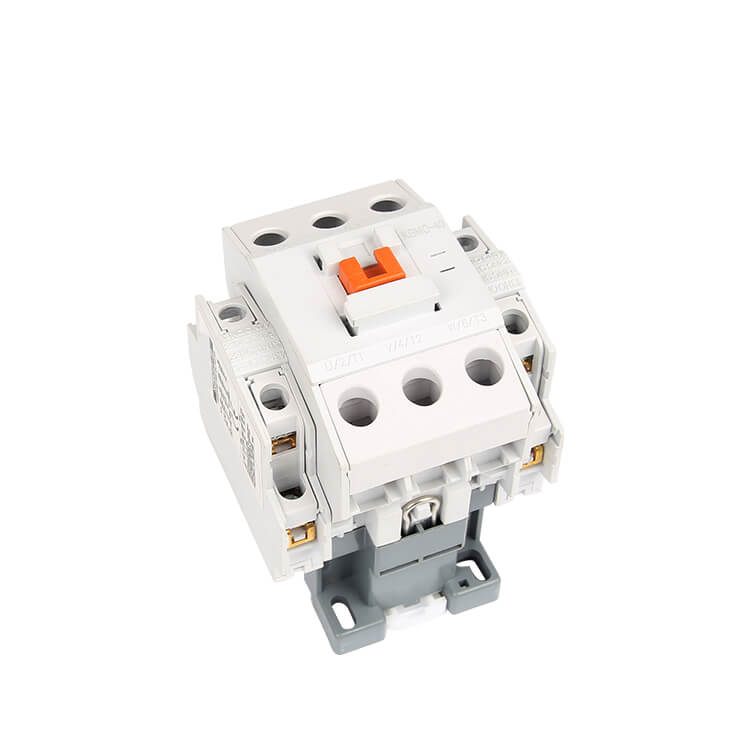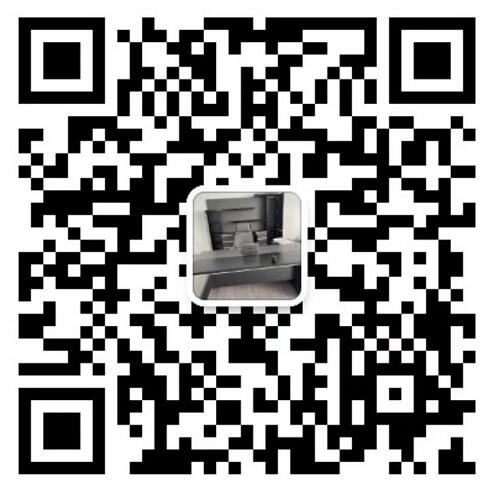Explain the principle, wiring rules and standards of Ready Board
Working principle of Ready Board:
The Ready Board is to assemble the switchgear, measuring instruments, protective appliances and auxiliary equipment in the closed or semi closed metal cabinet or panel according to the electrical wiring requirements to form a low-voltage distribution device. During normal operation, the circuit can be connected or disconnected with the help of manual or automatic switch. In case of fault or abnormal operation, cut off the circuit or give an alarm with the help of protective appliances. The measuring instrument can display various parameters in operation, adjust some electrical parameters, and prompt or send signals for deviation from the normal working state. It is commonly used in various power generation, distribution and substation.
Wiring rules of Ready Board:
1. Label the three conductor heads of each distribution circuit with their names and uses;
2. Then straighten and straighten the conductor without bending;
3. Then route in groups and levels, that is, zero line, live line and ground line are concentrated respectively;
4. Route the line to the zero line row, sub switch and ground line row according to the principle of horizontal and vertical;
5. Measure the length to the wiring position, cut off the conductor and peel off the insulation at the wiring position;
6. Then insert the conductor part of the conductor into the wiring position and press it tightly, but do not press it onto the insulating skin, and the conductor cannot be exposed;
7. When wiring, only one wire shall be pressed in one hole, and multiple wires shall not be pressed in one hole.
Wiring standard of Ready Board:
1. All components shall be installed according to the installation conditions specified by the manufacturer. For the installation of manual switch, it is necessary to ensure that the arc of the switch does not pose danger to the operator.
2. Before assembly, first see the drawings and technical requirements.
3. Check whether the product model, component model, specification and quantity are consistent with the drawings.
4. Check the components for damage.
5. It needs to be installed according to the drawing (if any).
6. The assembly sequence of components should be viewed from the front of the board, from left to right and from top to bottom.
7. The products of the same model shall ensure the consistency of assembly.
